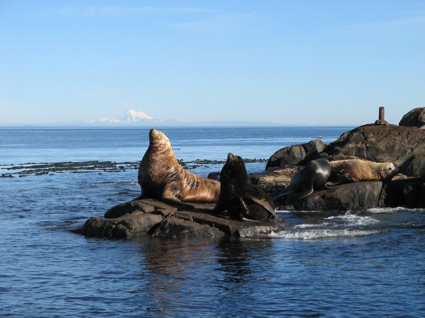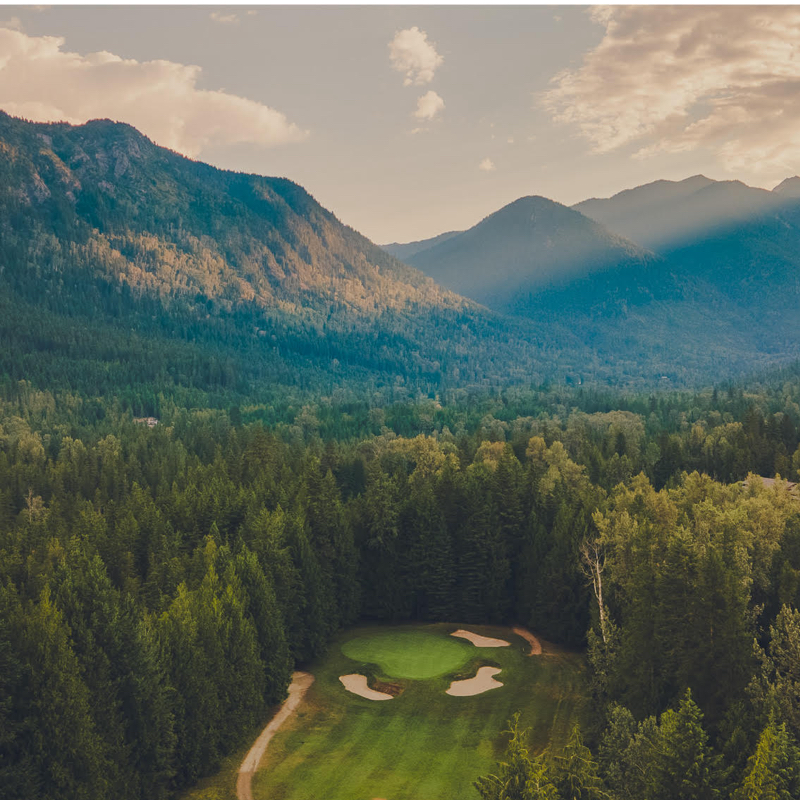The life aquatic
Check out seals, whales and birds—just a fraction of the sea life at Race Rocks Ecological Reserve near Pedder Bay

The oceans are home to a diversity of sea creatures and vegetation in ecosystems that are robust or fragile; one such area teeming with life both above and below the water lies just off the coast of Vancouver Island.
Race Rocks Ecological Reserve—south of Pedder Bay—is a 220-hectare area that includes a very small island with a lighthouse. Here, animals such as steller, or northern, sea lions and migratory birds can be found.
“It is home to a very wide range of animals, creatures and organisms," said Chris Blondeau, director of operations for Lester B. Pearson United World College. "The density of life there is like few other places on the coast, in large part because of the high rate of tidal currents that flush back and forth every day through the area. It’s a very nutrient-rich area and it fosters the growth, development and recruitment of many different species.”
The college acts as guardian of the reserve, with students in marine sciences programs collecting data and studying the animals and organisms within the ecosystem.
Life on display
Cormorants and other waterfowl can be seen in the reserve, and the area turns into a breeding ground for seagulls in the summer, with nests cropping up everywhere, said Blondeau.
Sea lions—specifically the steller and California species—hang out on the rocks in late August and the island is also the northernmost breeding grounds for elephant seals.
Whale watchers won’t be disappointed: orcas, grey whales and porpoises frequent the waters around the reserve.
Businesses running tours of the area operate from Pedder Bay and Victoria, or adventurers can take their own boats through the reserve. Watercraft must slow down to a speed of seven knots and maintain a distance of roughly 200 metres from the shore of the island, as it is off limits to the public and a permit is required to land, Blondeau said.






